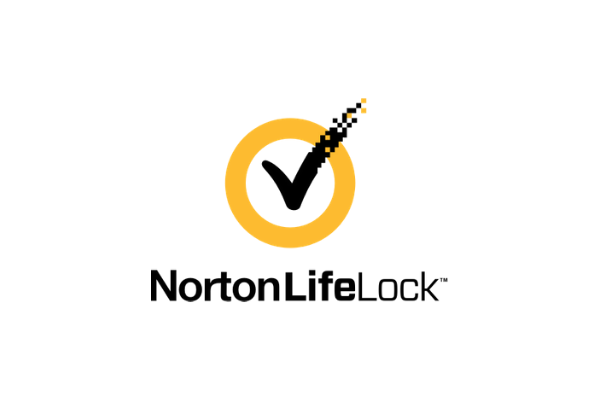Insights
INSIGHTS
All Topics
My Account
Charities and reputational risk: safeguarding
05 Jul 2021by Paul Rubens
We demonstrate how a charity’s reputation is an asset that needs to be managed and safeguarded like any other
Few things can be as catastrophic for a charity as a loss of reputation. That’s because a charity has to have a reputation for capability, integrity, and, above all, trustworthiness, in order to operate successfully.
In that respect, reputation is a hugely valuable intangible asset. A good reputation can support fundraising efforts and make it easy to attract donations. Conversely, a charity that loses its good reputation is likely to have a hard time convincing potential donors to part with their money, and will find it hard to fulfil its charitable objectives.
For this reason, charities need to think very hard about reputational risk – the factors and events that could harm their good reputation – and how to mitigate this risk.
Mitigation, or safeguarding the charity’s reputation in the face of an adverse event, is important because a charity’s reputation is not always entirely within its own control. The charity’s leaders can dictate many of the actions and initiatives of the charity, but they don’t have complete control over the actions of all staff members, suppliers and partners.
So how do you go about managing reputational risk and safeguarding your charity’s reputation?
Attributes of reputation
The first step is to dig a little deeper into reputation to understand what attributes make up a charity’s overall reputation. Put simply, reputation can be thought of as deriving from three different things.
Trustworthiness: what the charity and its staff do
Competency: how well it carries out its charitable activities
Values: why it does them
Damage to any one of these aspects of reputation will damage a charity’s reputation as a whole.
For example, charity staff that are seen to waste money by travelling overseas unnecessarily will erode trust in the charity. An expensive charity project that does not produce the anticipated benefits will make people doubt its competency. And a charity that takes donations from an oppressive regime to help a particular group of people may make potential donors question the charity’s values.
Managing reputation
The next step is to understand what issues, if any, are influencing the reputation of your charity among different constituents: service users, donors, potential partners, and so on. It is likely that different constituents will be influenced by different factors.
Once you have done this, you are in a position to take action to address the most significant issues. For example, if donors are expressing disquiet about a particular fundraising technique that you are using, this needs to be addressed before it can erode trust in your organisation and harm its reputation significantly.
The good news is that once you have a clearer understanding of what influences your charity’s reputation, you can also use this to your charity’s benefit. For example, if there are question marks over the competency of your charity due to a failed project in the past, then a successfully completed project presents the opportunity for you to enhance the perception of your competency and repair your damaged reputation by publicising your success in the media.
Safeguarding your reputation
Managing your charity’s reputation is all about taking actions to maintain or enhance it. Safeguarding, on the other hand, is about protecting it to try to ensure that it never decreases dramatically, especially in the medium to long term.
Here are some key steps you can take to safeguard your charity’s reputation.
Put reputation at the centre of everything
What this means is that reputation should always be a decision-making factor whenever any new initiative is discussed. Charity leaders should consider what impact it will have on the charity’s reputation, how it will be possible to meet (or exceed) constituents’ expectations regarding trustworthiness, competency, and values, or what actions may be needed to mitigate any negative impact on reputation.
It can be helpful to think of loss of reputation as a financial cost. Although it is hard to quantify the value of a good reputation precisely, it is certainly the case that a loss of reputation will make fundraising less effective. That means that actions which diminish reputation will lead to a loss in income.
Have a reputation management plan in place
However much your charity manages its reputation and seeks to safeguard it, unexpected crises may still crop up from time to time with the potential to undo all of your hard work and cause untold reputational damage.
So it is important to have a plan in place to deal with an event such as senior staff being discovered to have misused funds, or your charity falling victim to a cyber attack that results in leaked personal information, or perhaps an overseas contractor being found to have mistreated its staff.
Such a plan should outline who will be responsible for taking mitigation actions, what your communications strategy for each stakeholder group will be, and what funds might be available to put the plan into action.
Create codes of behaviour
You cannot control everything that staff and partners do, but you can give them guidance to help ensure that they do not damage the reputation of your charity accidentally.
This guidance should include general advice, such as cybersecurity precautions that should be taken to prevent sensitive information being lost.
It should also include specific guidance such as ensuring that staff do not use their charity email address (or headed notepaper) for personal correspondence, and ensuring that there is a clear distinction between social media posts that they publish in their capacity as an employee of your charity and ones that they publish in their private capacity.
More on this topic
Recommended Products
15 Jan 2025by Jane Waterfall
A charity guide to maintaining Cyber Essentials all year roundSponsored Article
15 Jan 2025by Jenny Phipps
Cyber security: what to look out for in 2025Sponsored Article
Our Events
Charity Digital Academy
Our courses aim, in just three hours, to enhance soft skills and hard skills, boost your knowledge of finance and artificial intelligence, and supercharge your digital capabilities. Check out some of the incredible options by clicking here.














